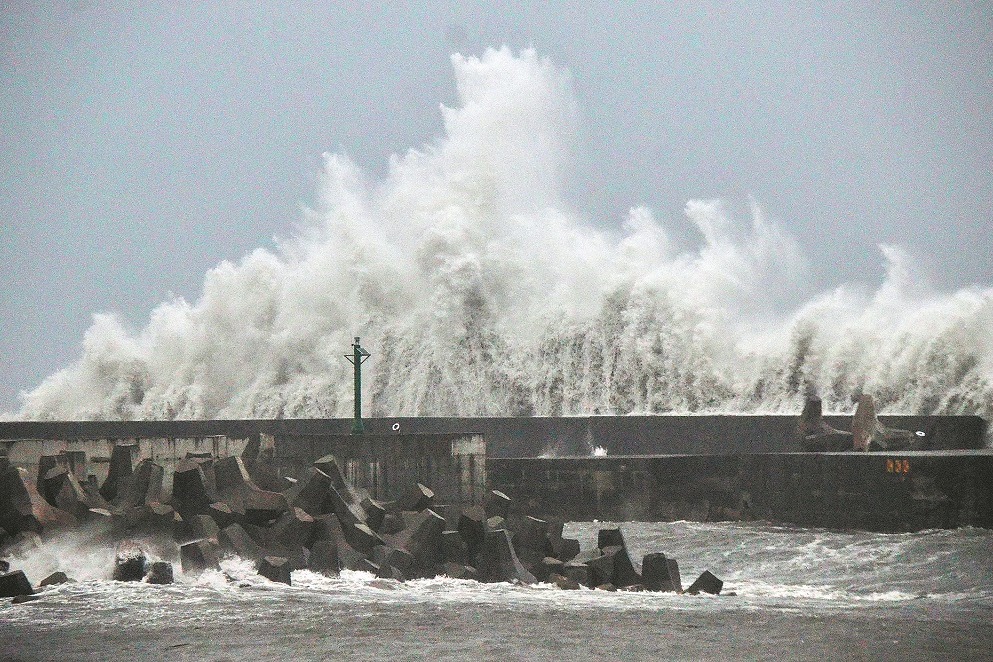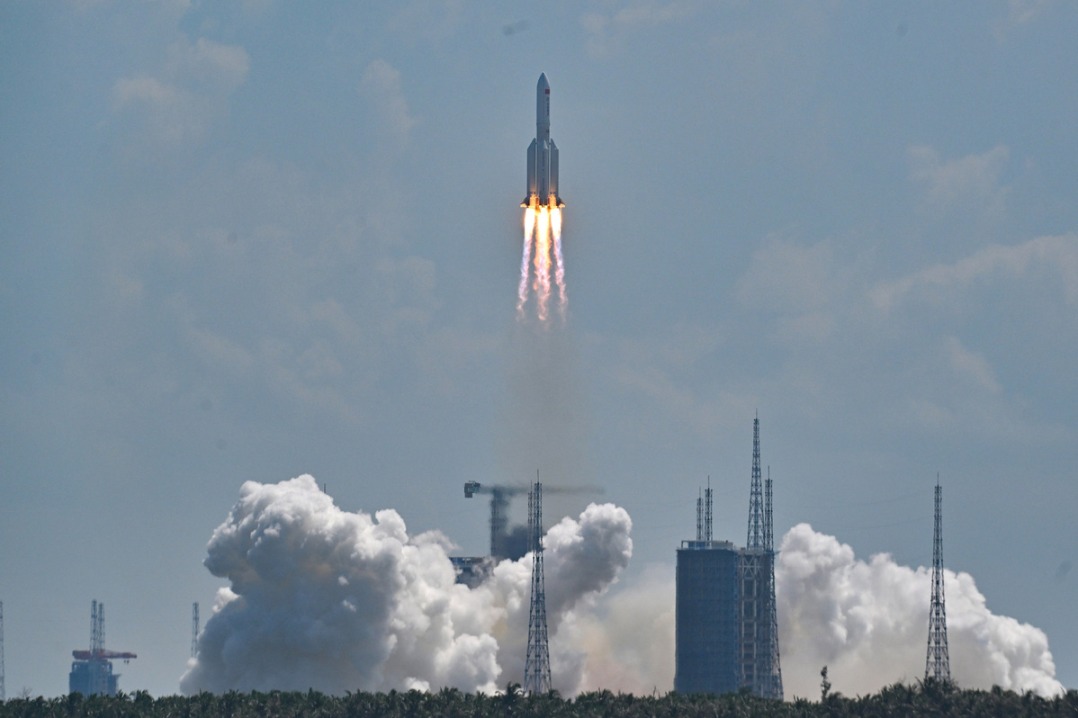There's no reason to fear the cry of 'Wolf'

Trans-pacific partnership gives china a lot to reflect on, but it can cope with pact's side effects
On the surface, the Trans-Pacific Partnership Agreement is about trade and investment. But seen closely, it is a smart move by the United States to set the bar higher for China in global trade and investment.
The TPP has thus become an economic instrument to help implement Washington's "rebalancing to Asia" strategy, which brims with geo-political implications. Through the TPP, the US expects to regain control of rule-making for global trade because it is wary of the growing influence of developing countries represented by China in such institutions as the G20, the World Trade Organization and the Asia-Pacific Economic Cooperation forum. Fortunately, the TPP is only one of more than 260 free trade agreements in existence; it cannot be everything at the same time.
A free trade agreement among some economies leads to trade creation and trade transfer, but only trade transfer is detrimental to outsiders, for the economies reduce or eliminate trade barriers among themselves. So how much trade transfer will occur within the TPP? Not much, because 80 percent of TPP members' exports to the US are already duty free, while a higher percentage of China's manufactured goods enjoy the provision. Hence, by and large, the TPP tax change will mostly affect agricultural produce from the US, Japan, Canada and Australia.

Also, TPP members such as Australia, New Zealand, Peru and Chile have signed bilateral trade agreements with China, and the China-ASEAN free trade agreement covers other TPP members - Vietnam, Singapore, Brunei and Malaysia. All this greatly reduces the TPP's negative impact on China.
Another fact: Apart from the North American Free Trade Agreement, the US' trade with other TPP members adds up to a little more than $400 billion a year, while its trade with China exceeds $600 billion, which accounts for 10 percent of its trade as compared with 4.2 percent for Japan.
Therefore, the TPP is more of a psychological instrument used by the US to cry wolf and in all likelihood it will have little impact on China's foreign trade next year. The TPP will mainly affect China's medium and long-term domestic economic policy reforms. As a regional free trade agreement, the TPP puts more emphasis on within-border policies and rules associated with trade, such as labor standards, environmental protection, intellectual property rights protection and state-owned enterprises, than "on border" trade barriers.

Many of the rules the TPP covers are part of China's reform program. As such, they may be difficult to achieve in the short term but not in the medium to long term.
Also, TPP members include advanced and less-advanced economies, and many of them face the same challenges that China does. Take SOEs for instance. Forty percent of Vietnam's GDP comes from its SOEs; the percentage for Singapore and Malaysia is similar. If they can cope with TPP rules on SOEs, China should not have major problems either.
Moreover, many TPP rules represent the current trends in global trade and will eventually be accepted by the world. These new standards may pose a challenge to China's efforts to upgrade its industries, but eventually they could be opportunities for the country to pursue further economic reforms. So there is no reason for China not to play its due role in making global rules for free trade and investment.
China will be unable to join the TPP because the US and Japan are opposed to it, although Washington and Beijing both say they have an open mind on China's membership. China should, therefore, act rationally and take steps to meet the challenge that the TPP poses.
The author is vice-minister of the Overseas Chinese Affairs Office of the State Council, and former vice-minister of the Chinese Ministry of Foreign Affairs. Courtesy: China & US Focus
(China Daily Africa Weekly 11/13/2015 page12)
Today's Top News
- China's data industry more than doubles in market size during 2021-2025 period
- Loan subsidies set to boost consumption
- Young people redefining summer tourism
- Protectionist's paradox could revitalize WTO
- Anti-aggression spirit still inspiring today
- Momentum builds in A-share market






























